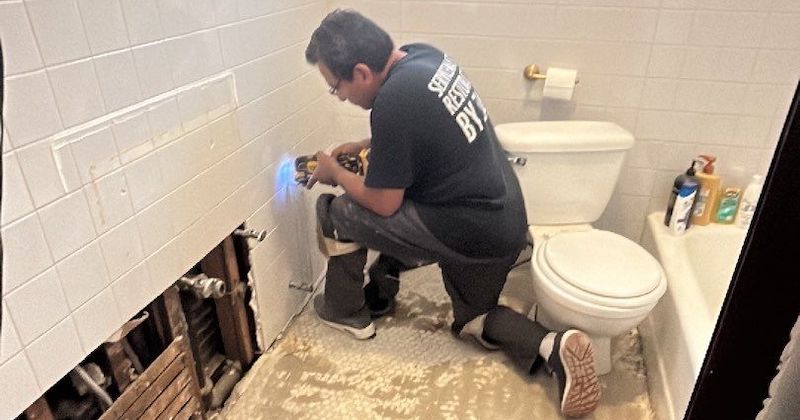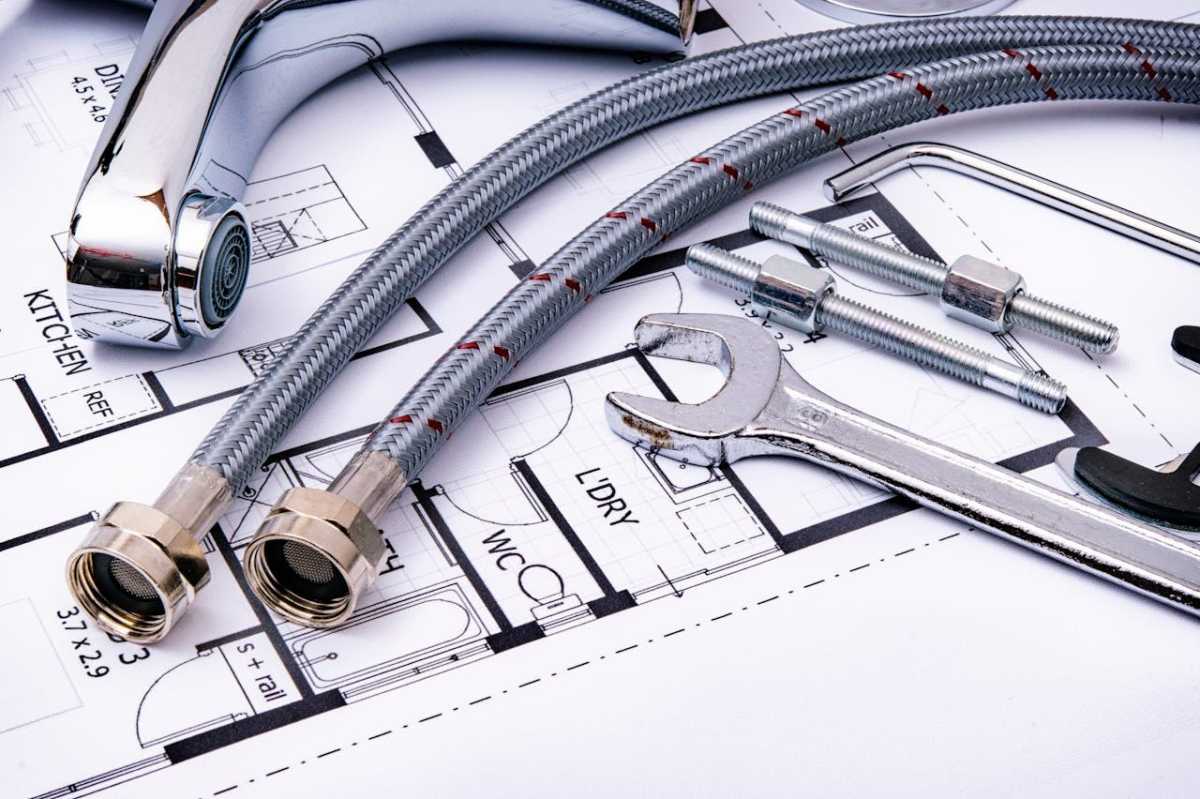Bathroom Plumbing Essentials: Guidance for New Homeowner Needs to Know
Bathroom Plumbing Essentials: Guidance for New Homeowner Needs to Know
Blog Article
This post underneath relating to Smart Plumbing Tips for New Homeowners is quite remarkable. Check it out yourself and decide what you think about it.

For brand-new house owners, understanding and maintaining washroom pipes can save both time and money by preventing expensive concerns down the line. Right here are some important bathroom pipes ideas to assist you maintain whatever running efficiently.
Familiarize Yourself with the Key Shut-Off Shutoff
Knowing where the primary water shut-off shutoff lies in your home is essential. This permits you to swiftly switch off the water in case of significant leaks or during plumbing emergency situations, preventing considerable water damages.
Routinely Check for Leaks
Small leakages can lead to big issues. Consistently check under sinks, around bathrooms, and near pipes components for any kind of signs of leaks. Look for moisture, tiny drips, or rust. Catching and fixing leakages early can prevent much more severe damage and conserve water.
Don't Neglect Slow Drains Pipes
If your sink or bath tub is draining pipes gradually, it's frequently an indicator of a blockage forming. Resolving this very early can prevent a full clog. Utilize a plunger or a plumbing's snake to clear out debris. Stay clear of using chemical drainpipe cleansers as they can harm your pipelines over time.
Know What Not to Flush
Toilets are not garbage disposals. Prevent flushing anything besides toilet paper and human waste. Things like wipes, womanly health products, and cotton swabs ought to be disposed of in the trash to stop clogs and sewer backups.
Mount Strainers in Drains
Location filters in your sink and bath tub drains pipes to capture hair and other particles before they enter your pipes system. Cleansing the filters routinely will help avoid buildup and maintain water streaming freely.
Maintain Your Hot Water Heater
Ensure your water heater is readied to an appropriate temperature level (typically about 120 degrees Fahrenheit) to prevent scalding and reduce power usage. Flush the tank annually to remove sediment accumulation, which can decrease the efficiency and lifespan of your heating unit.
Update Your Components
If your home has older fixtures, think about upgrading to more efficient models. Modern bathrooms, showerheads, and faucets are designed to make use of less water while giving excellent pressure, which can significantly minimize your water expense and environmental footprint.
Be Cautious with DIY Plumbing Repair Works
While it's tempting to handle all home fixings by yourself, beware with plumbing. Some issues may require professional expertise, especially if they involve main water lines or sewage system fixings. Employing a specialist can in some cases be a lot more cost-effective than do it yourself, especially if it prevents more damage.
Plan For Cold Weather
Secure your pipelines from cold throughout winter by shielding pipelines in unheated areas like cellars, attic rooms, and garages. Throughout severe cool, allow cold water drip from taps served by subjected pipes to assist avoid freezing.
Schedule Routine Maintenance
Think about scheduling yearly inspections with a qualified plumbing professional. They can spot issues that you might miss out on, such as concealed leaks or damage on pipelines and fixtures. Regular maintenance helps expand the life of your pipes system and can prevent emergency situations.
Final thought
Comprehending and preserving your home's bathroom pipes can avoid many typical concerns. By adhering to these essential tips, you can guarantee your restroom remains useful and effective, saving you time and money over time.
5 Plumbing Tips for First-Time Homeowners
Know How to Shut Off the Water
In most homes, the water can be shut off at two places: at the appliance or fixture itself, and for the whole house. For instance, look under your sink or behind the toilet. See those little knobs that connect with the pipes? Those are the shut off valves for those fixtures. Simply turn them until the water is off. The main shut off valve (which controls water throughout your entire home) will be outside, where the water feeds into the structure. You might need a dedicated tool, such as a water shut-off key, to shut off the water at the main.
Build an Emergency Plumbing Kit
Everyone knows how important it is to have a high-quality plunger around the house. But there are other things that can help you out when issues arise with the pipes. Building an emergency plumbing kit to solve issues on your own is part of any list of basic plumbing tips. Consider adding these things to create a basic plumbing kit:
Adjustable wrench Tongue-and-groove pliers Screwdrivers Plumber’s tape Pipe sealant Duct tape Set of hex keys Clip light for working under cabinets Auger and hand snake Do a Little Research
Many small leaks can be handled by replacing a small part of the piping system, tightening part of a faucet, or even changing out an aerator. Take the time to browse how-to articles for common plumbing problems, such as a running toilet or slow-draining sink. You might be surprised to find how easy it can be to do simple things yourself, like replace a valve in the back of the toilet.
Keep it Simple With No Chemicals
If you have a clog, you might be tempted by the promises of liquid drain cleaner. While this might work at first, it actually causes more damage deep in the pipes, eventually creating even more problems down the road.
Instead, try using baking soda and vinegar to create a strong fizzing effect that can help break up clogs and clear gunk from drains. Follow it with boiling water to clean the pipes even more thoroughly.
Take Care of Your Garbage Disposal
Be cautious about what you put down the disposal. Avoid pouring in fats, oils, and grease, as these are a surefire way to get a clog. Beware of certain foods too, such as celery or bones, as they can lodge in the works. Always run the disposal with water flowing.
https://modernize.com/homeowner-resources/other/10-plumbing-tips-for-first-time-homeowners

Quote Report this page